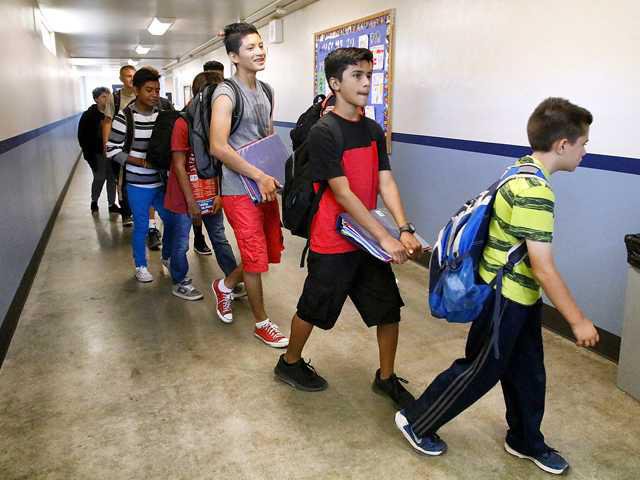Manteca Unified voters Tuesday will decide whether to pass Measure R that would increase what a homeowner pays each year for school bond debt by 86.7 percent.
Voters decide Tuesday on tax for school work





